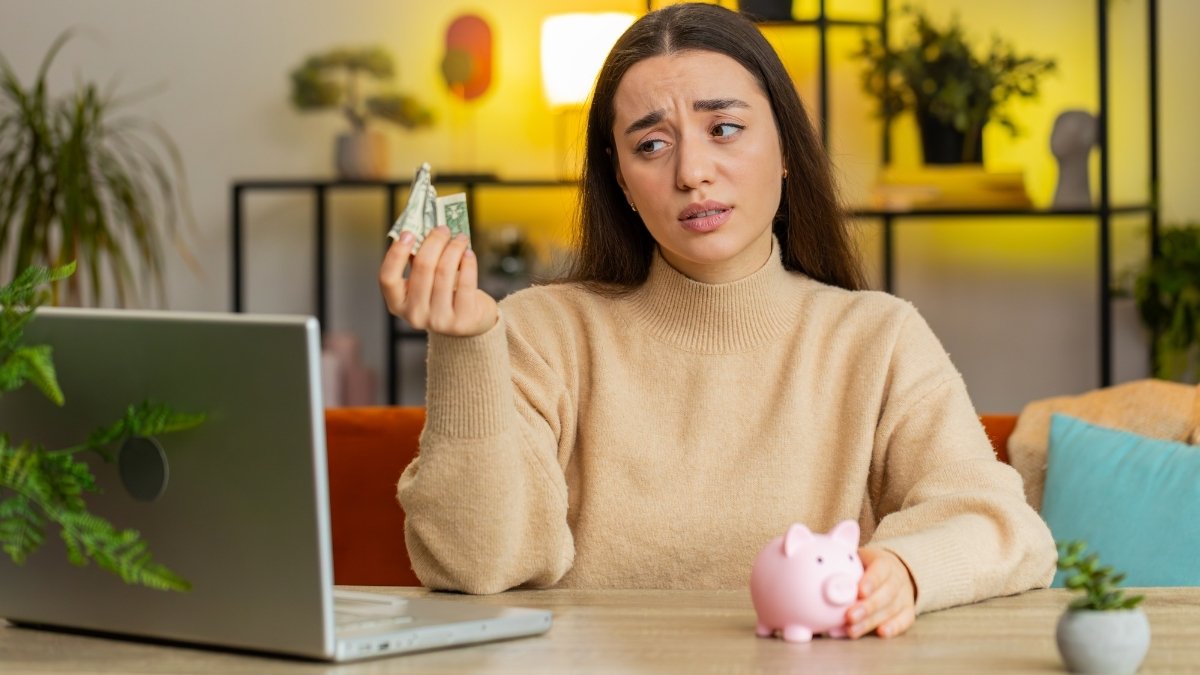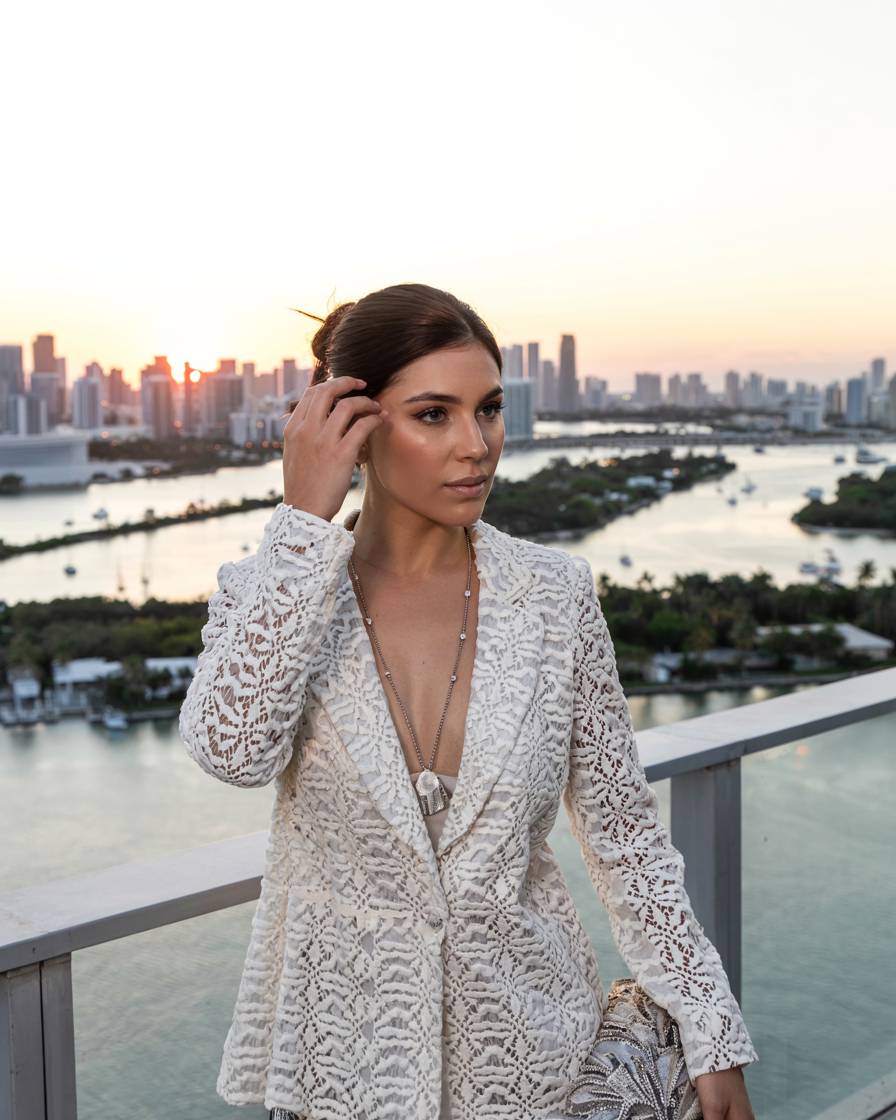Elysia Berman ducked into a store to buy gloves and came out with a $600 coat she couldn’t afford. That was her breaking point.
Millions of people are trapped in cycles of overspending, living paycheck to paycheck despite good incomes, and struggling to build savings.
11 clear warning signs that indicate the No Buy 2025 Challenge could transform their finances, plus real success stories of people saving thousands.
1. What Is the No Buy 2025 Challenge?
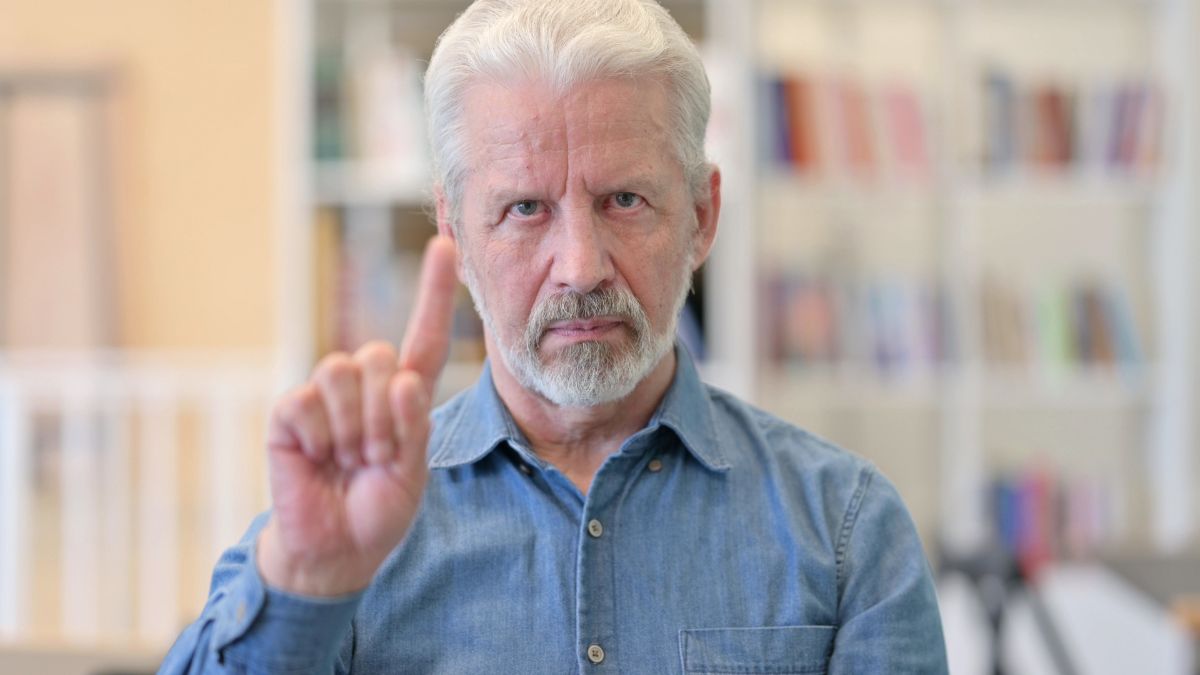
The no buy challenge is simple. You stop buying anything you don’t actually need.
That means no new clothes, makeup, furniture, or home decor. No eating out or ordering takeout. No random Amazon purchases or Target runs that somehow cost $100.
This TikTok trend has exploded in 2025, with creators like @rebecca.sowden getting 2.6 million views on her detailed no-buy plan. The Reddit community r/nobuy now has over 67,000 members sharing tips and holding each other accountable.
Here’s what makes this challenge different from other money-saving tricks. You get to make your own rules. Most people create two lists—”buy” and “no buy”—and decide what works for their lifestyle.
You still buy essentials like groceries, rent, and gas. But everything else goes on pause.
Some people are saving tens of thousands of dollars. Others are paying off massive debt. One woman paid off $35,000 in debt within a year and a half using this method.
The challenge isn’t about punishing yourself. It’s about breaking the cycle of buying things that don’t actually make you happy. Most people discover they already own everything they need.
Sign 1: You’re Buying 10+ Items Per Week

Elysia Berman used to buy 10 to 30 new items every single week. She didn’t even realize how much she was shopping until she started tracking it.
Does this sound familiar? You order something Monday. Pick up a few things Tuesday. Browse online Wednesday and add to cart. By Friday, you’ve bought more stuff than most people buy in a month.
When shopping becomes a weekly habit, you’re not buying because you need something. You’re buying because it’s Tuesday.
This is different from intentional shopping. Intentional shopping means you need winter boots, so you research and buy winter boots. Weekly shopping means you buy boots because they were on sale and looked cute.
If you’re buying multiple items every week, the no buy challenge will shock you. You’ll see how much money was disappearing without you even noticing.
Sign 2: You Make Impulse Purchases You Can’t Afford

Elysia Berman went into a store to buy gloves. She walked out with a $600 coat she didn’t need and couldn’t afford. “That was my breaking point,” she says.
We’ve all done this. You go to Target for shampoo and spend $127. You browse Amazon for phone cases and somehow buy a coffee machine.
But if these impulse purchases are going on credit cards that you can’t pay off, that’s a red flag. You’re spending money you don’t have on things you don’t need.
Your credit card balance grows every month. You make minimum payments but never get ahead. The interest keeps piling up while your closet fills with stuff you forgot you bought.
This cycle keeps you broke no matter how much money you make. The no buy challenge breaks that cycle by removing the option to impulse buy.
Sign 3: Your Closets Are “Bursting at the Seams”
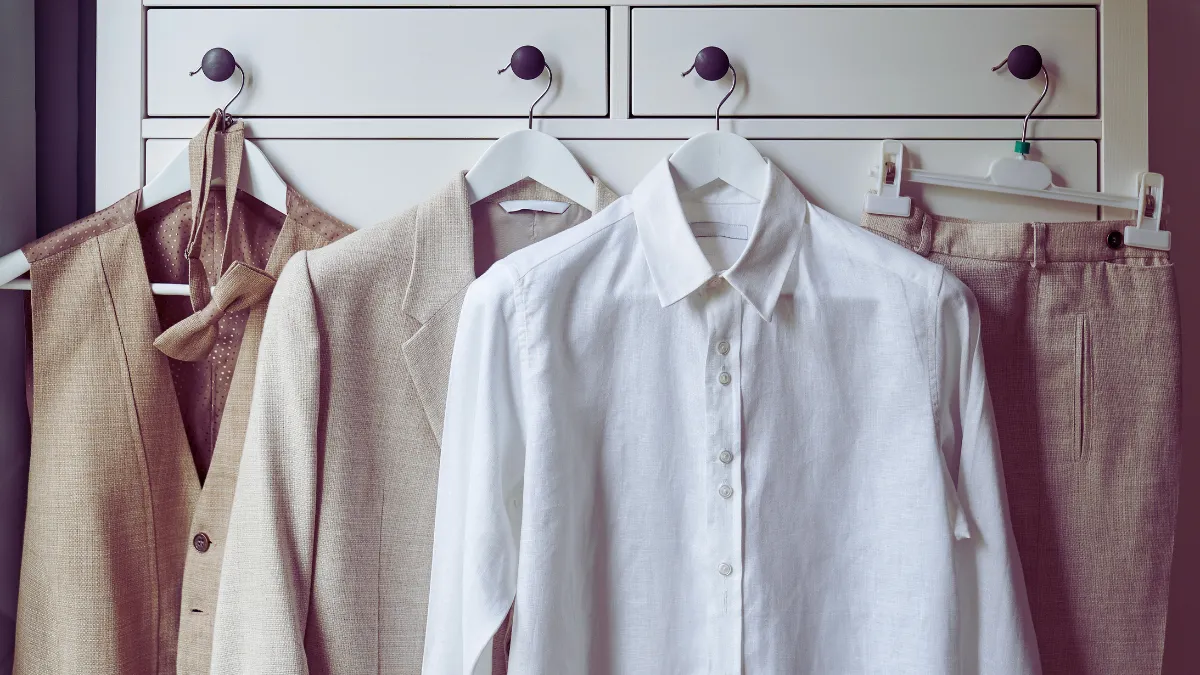
Rebecca Sowden looked at her savings account and then at her closet. “My closet is absolutely bursting at the seams,” she realized. But her retirement and savings were basically empty.
Open your closet right now. How many items still have tags on them? How many things did you buy and never wear?
If you can barely fit your clothes in your closet but you’re still shopping for more clothes, something is wrong. You don’t have a clothing shortage. You have a spending problem.
The same goes for makeup drawers full of barely used products. Kitchen cabinets stuffed with gadgets you used once. Garages packed with hobby supplies for hobbies you never started.
When your stuff is bursting out of storage but your savings account is empty, you know where your money went. It’s sitting in your closet with the tags still on.
Sign 4: You Shop for Emotional Reasons

Shopping gives some people a temporary high. They spend to make themselves feel better when they’re stressed or dealing with emotional pain.
When Elysia Berman’s dog died, the first thing she turned to was buying clothing. Shopping was her way of coping with grief.
This isn’t the same as treating yourself occasionally. Emotional shopping means you reach for your wallet every time you feel bad.
Had a tough day at work? Time to browse online. Fighting with your partner? Let’s see what’s new at the mall. Feeling anxious about money? Ironically, you go shopping.
The problem is that shopping only makes you feel better for about five minutes. Then you’re back where you started, except now you have less money and more stuff you don’t need.
If you shop when you’re sad, mad, bored, or stressed, the no buy challenge will force you to find healthier ways to cope with emotions.
Sign 5: You’re Living Paycheck to Paycheck Despite Good Income

Geoffrey was living “paycheck-to-paycheck” before trying a no-buy year. He was the higher earner in his relationship but couldn’t save anything. After the challenge, he was saving 65% of his take-home pay.
This might be the biggest warning sign. You make decent money. Maybe even good money. But every month, you’re broke by the time the next paycheck arrives.
You’re not struggling to pay rent or buy groceries. You’re struggling because every extra dollar gets spent on something. Clothes, restaurants, gadgets, subscriptions, random purchases that seem small but add up.
Your friends think you’re doing well financially because you always have new stuff. But behind the scenes, you’re stressed about money constantly.
The no buy challenge will show you exactly where all that money is going. Most people are shocked when they add it up.
Sign 6: You Use Credit Cards as “Extra Money”

Some people see credit as “extra money” which leads to overspending. They think of their credit limit as money they have, not money they’ll have to pay back with interest.
This thinking is dangerous. Credit cards aren’t extra money. They’re expensive loans that you have to pay back.
If you’re putting regular purchases on credit cards and not paying them off every month, you’re spending money you don’t have. The interest charges mean you’re actually paying more for everything.
Some people have five or six credit cards and rotate between them. They pay the minimum on one while maxing out another. This keeps them in debt forever.
The no buy challenge forces you to spend only money you actually have. No credit cards for non-essential purchases. This alone can save you hundreds in interest charges.
Sign 7: You Feel Social Pressure to Buy
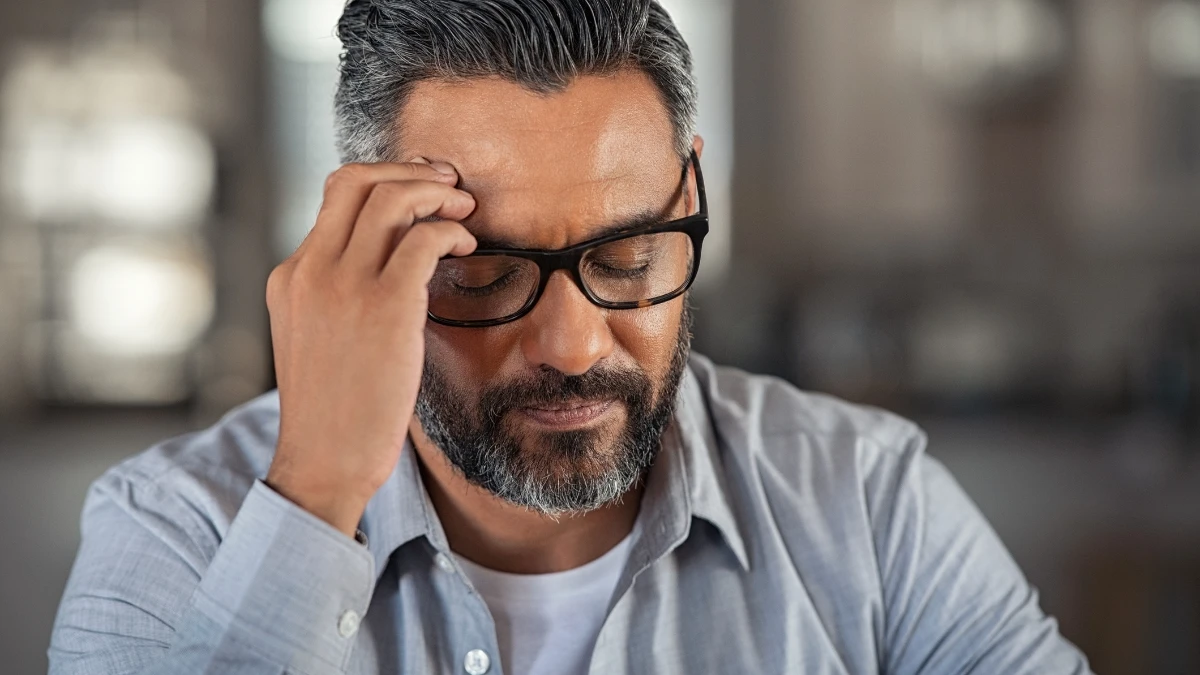
The desire to “keep up with the Joneses” leads people to spend beyond their means. There’s societal pressure to buy “all these things to make you seem like you’re a good mom or a good person”.
You see your friends posting about their new workout clothes, so you buy new workout clothes. Your coworker gets a fancy coffee machine, so you need a fancy coffee machine.
Social media makes this worse. Everyone looks like they have perfect lives with perfect stuff. You feel pressure to keep up even though most of it is fake.
But here’s the truth: most people are broke. They’re buying stuff they can’t afford to impress people who are also broke.
The no buy challenge helps you stop caring what other people think about your stuff. You realize that true friends don’t judge you based on your shopping habits.
Sign 8: You Can’t Save Despite Wanting To

Rebecca Sowden looked at her retirement and savings and thought, “Is this all that I’ve been able to save financially for myself? Is this really where we’re at?”
You have goals. You want to save for a house, build an emergency fund, or invest for retirement. But every month, there’s nothing left to save.
You tell yourself you’ll start saving next month. But next month, something else comes up. A sale you can’t miss. A friend’s birthday. A new season of clothes.
Meanwhile, your savings goals keep getting pushed back. The house down payment seems impossible. Your retirement account grows by $50 a month while your friends are investing thousands.
This is frustrating because you know you should be saving. But you can’t figure out where the money goes. The no buy challenge will show you exactly where it goes.

Sign 9: You Shop When Bored
When people are bored, they reach for their phone to shop. Shopping has become entertainment instead of necessity.
You’re sitting on the couch watching TV, so you browse Amazon. You’re waiting for a friend, so you check what’s new at your favorite stores. You have 10 minutes to kill, so you scroll through shopping apps.
This mindless browsing leads to mindless buying. You don’t need anything specific. You’re just looking for something to do.
The problem is that boredom shopping adds up fast. Five dollars here, twenty dollars there. By the end of the month, you’ve spent hundreds on stuff you bought while killing time.
The no buy challenge will force you to find other ways to entertain yourself. You might rediscover hobbies you actually enjoy instead of just buying things.
Sign 10: You Have Forgotten Subscriptions Draining Your Account

You signed up for that streaming service for one show. You got the premium music app for a free trial. You joined three different fitness apps during New Year’s.
Now they’re all charging you every month, and you forgot half of them exist.
The average household spent $3,945 on dining out in 2024—a 24% increase from before the pandemic. Add in all the subscription services, and you’re probably spending hundreds on things you barely use.
Check your bank statement right now. How many recurring charges do you see? Netflix, Spotify, Amazon Prime, meal delivery, beauty boxes, software subscriptions.
Each one seems small. But they add up to major money. The no buy challenge includes canceling subscriptions you don’t absolutely need.
Sign 11: You Feel Financial Stress Despite Spending

This is the most important sign. 42% of Americans report they can’t live within their means. You might be one of them.
You’re constantly worried about money. You avoid looking at your bank account. You feel sick when bills arrive. You lie awake at night thinking about debt.
But you also keep spending money on non-essential things. New clothes, restaurant meals, random purchases that seem harmless.
This creates a cycle of guilt and stress. You spend money to feel better, then feel worse about spending money. You promise to stop shopping, then break that promise the next week.
The financial stress affects your sleep, your relationships, and your mental health. Despite having a closet full of stuff, you don’t feel happy or secure.
If this describes you, the no buy challenge could break this cycle. Many people find that cutting spending actually reduces their anxiety about money.
2. Real Success Stories: How Much People Are Actually Saving

The numbers are going to shock you. Real people are saving thousands of dollars with the no buy challenge. Not in theory. Not eventually. Right now, in 2025.
Elysia Berman saved “tens of thousands of dollars” in just nine months of 2024. She also paid down a quarter of her debt. Remember, this is the woman who used to buy 10-30 items per week. She’ll be completely debt-free by early next year and plans to own a house by age 40.
Angela Szot, a 32-year-old baker in Atlanta, paid off $35,000 of debt in a year and a half through a combination of downsizing her apartment and doing a prolonged no-buy period. That’s life-changing money.
British author Michelle McGagh saved over £22,000 (approximately $26,000) in one year during her “No Spend Year.” This was far beyond what she had ever saved previously.
Geoffrey and Julie, roommates from Calgary, Canada, saved a combined $55,000 during their “buy nothing year.” For Geoffrey, this represented 65% of his take-home pay. Before the challenge, he confessed “I used to live paycheck-to-paycheck”.
Even shorter challenges produce real results. One person saved $1,600 in just one month doing “No Spend January”. Imagine what that adds up to over a full year.
On TikTok, one person commented: “doing this since 23. I have paid off student loans, car, & $82k in cc. That was debt from being a single mom of 3 kids with no child support or government assistance. 2025 ER fund & more investments”.
These aren’t special people with perfect lives. Elysia Berman worked in the fashion industry, surrounded by temptation to shop constantly. Angela Szot was dealing with the stress of being a small business owner. Geoffrey was a regular guy who thought he’d always be broke.
The challenge worked because they stopped spending money on things they didn’t need. They redirected that money toward debt payoff and savings instead.
By September 2024, Berman says her mental health improved along with her finances. “Essentially, I had gone through detox and withdrawal from the dopamine you get from shopping”.
Even when the challenge was difficult, there were unexpected benefits. Michelle and her husband enjoyed their “no spend vacation” of cycling and camping so much, they decided to repeat it.
The money savings are just the beginning. People report feeling less anxious, more focused, and prouder of themselves. They discover what they actually enjoy when shopping stops being their main entertainment.
Your results will depend on how much you currently spend on non-essentials. But if you’re reading this article, you probably spend more than you realize. The people in these success stories thought the same thing before they started tracking their spending.
The question isn’t whether the no buy challenge works. The question is whether you’re ready to try it.
3. How to Start Your No Buy 2025 Challenge

Ready to start your no buy challenge? The setup matters more than you think. Get this wrong, and you’ll cave within a week.
Step 1: Make Your Lists
Grab a pen and paper. Create two columns: “Buy” and “No Buy.”
Your “Buy” list includes rent, groceries, gas, and medicine. Things you need to survive. Your “No Buy” list? Everything else. New clothes, makeup, home decor, takeout, and those random Amazon purchases.
TikTok creator @rebecca.sowden breaks her rules into “buy” and “no buy” lists and shares them publicly for accountability. This simple step forces you to face what you’re really spending money on.
Step 2: Block Your Spending Triggers
Elysia Berman blocked shopping websites at the start of her no-buy year. “That way, I wasn’t even tempted to browse,” she says.
Delete shopping apps from your phone. All of them. Remove your credit card info from websites. Make buying harder, not easier.
Step 3: Clean Up Your Social Media
Your Instagram feed is sabotaging your savings. Unfollow accounts that make you want to buy things. You know the ones. They post outfit links and “must-have” products daily.
Follow mindful consumption influencers instead. Berman says they “became almost like a support group” during her challenge.
Step 4: Pick Your Timeline
Don’t start with a full year. That’s too much pressure. Try one month first. Or even one week. Success builds on success.
Some people do “No Buy July” for just one month. Others commit to the full year. Pick what feels challenging but doable.
Step 5: Find Your Accountability Partners
Tell people about your challenge. Post it on social media. Ask friends to check in with you.
The r/nobuy Reddit community has over 67,000 members sharing tips and supporting each other. You don’t have to do this alone.
Step 6: Plan for Slip-Ups
You will mess up. That’s normal. When Berman’s dog died, she turned to buying clothes. But she didn’t view it as failure. “One time doesn’t derail a year of progress,” she says.
Plan your response now. What will you do when you really want to buy something? Write it down.
The key to start no buy challenge success? Make it harder to spend and easier to save. Set yourself up to win.
4. What You Can Still Buy During the Challenge

Worried you’ll have to live like a monk? Relax. A no buy challenge isn’t about buying nothing. It’s about buying smart.
Your Essential “Buy” List
You can still buy things you need to live. Food and groceries top the list. Your rent or mortgage payment. Utility bills. Gas for your car. Medicine and doctor visits.
These no buy essentials include “food and groceries, housing and utilities, medical and personal care items, transportation, and education and work essentials.”
Work and School Expenses
Need new work clothes because yours are worn out? That’s allowed. Software for your job? Yes. School supplies for your kids? Of course.
The rule is simple: if you need it to work or learn, you can buy it.
Emergency Purchases
Your laptop crashes and you work from home? Buy a new one. Your car breaks down? Fix it. Emergency dental work? Pay for it.
Real emergencies don’t wait for your budget. Emergency expenses and necessary healthcare are always permitted during no buy challenges.
Special Event Exceptions
Getting invited to a wedding next month? You can buy an outfit. Friend’s birthday dinner? You can go. Just plan these ahead of time.
You can “set some exceptions for preplanned occasions, like attending a close friend’s wedding or unexpected expenses.”
The Real Test
Here’s how to know if something counts: ask yourself “Do I need this to live, work, or stay healthy?” If the answer is yes, buy it. If it’s “I want this” or “This would be nice,” wait.
The challenge is “flexible and can be tailored to fit individual goals and lifestyles” based on what you define as essential.
Remember: no buy essentials keep you safe and functional. Everything else can wait.
5. Free Alternatives to Replace Your Spending Habits
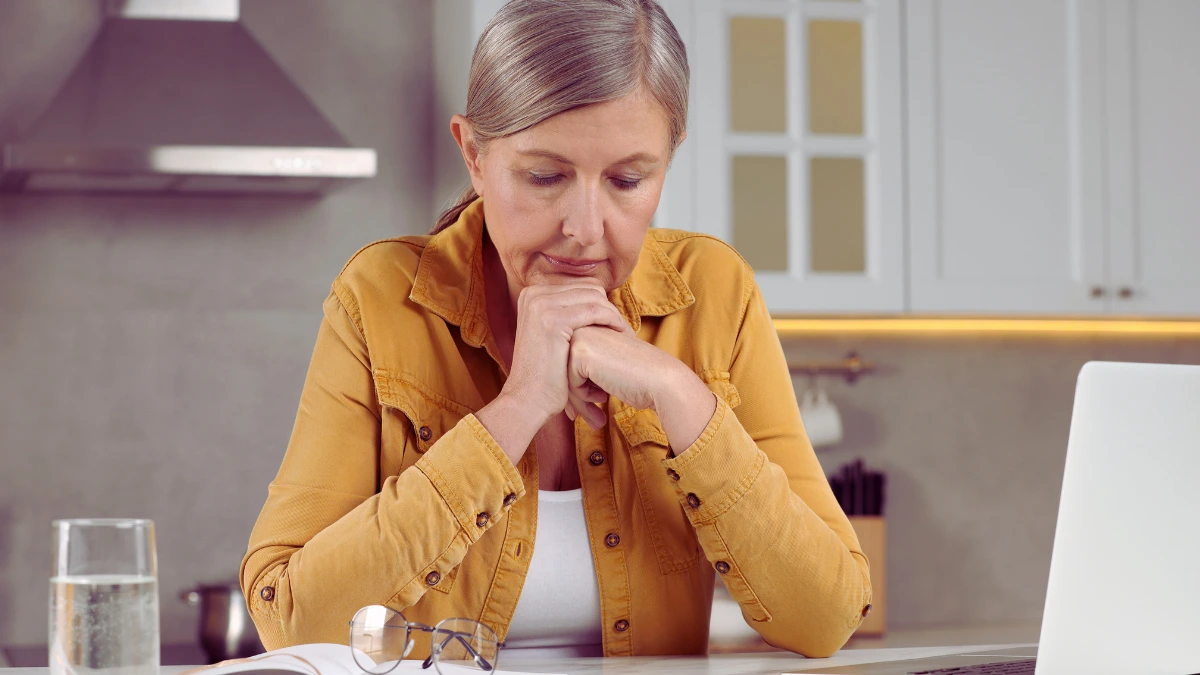
Missing your shopping fix? Good news. You can have fun without spending money. Here’s how to fill the gap.
Replace Book and Movie Buying
Your library is a goldmine. Use apps like Libby to check out digital books and audiobooks for free. Most libraries also loan movies and TV shows.
Streaming services offer free content too. Check out Tubi, Crackle, and YouTube for thousands of free movies and shows.
Swap Instead of Shop
Join “Buy Nothing” groups on Facebook. You might find “a perfectly good yoga mat, lights for your room, and expensive Nespresso pods” for free.
Look for local clothing swaps in your area. Bring clothes you don’t wear and trade for “new” ones. It’s shopping without spending.
Get Outside for Free
Parks don’t charge admission. Hiking trails are free. So are beaches, playgrounds, and walking paths.
Toledo has “fantastic metro parks” and many cities have made efforts to be more bike-friendly with free outdoor activities.
Cook Instead of Order
The average household spent $3,945 on dining out in 2024. That’s over $300 per month. Learn to cook at home and pocket that money.
Try new recipes from free cooking videos on YouTube. Invite friends over for potluck dinners instead of meeting at restaurants.
Find Free Community Events
Libraries host music concerts throughout the year. Many cities offer free festivals and events. Check your city’s website for free activities.
Museums often have free admission days. Community centers offer free classes. Churches and schools host free events open to everyone.
Exercise Without a Gym
YouTube has thousands of free workout videos. Running is free. So are pushups, jumping jacks, and stretching.
During a no-spend January, one person noted: “I was incredibly bored this month, but I read 12 books” and found creative ways to stay entertained.
The Mental Shift
Stop thinking “I can’t afford to have fun.” Start thinking “How can I have fun for free?” The options are endless once you look.
These free activities often beat paid ones. A picnic in the park with friends? Better than an expensive restaurant. A hike with great views? Better than shopping at the mall.
Your wallet will thank you. And you might discover hobbies you actually enjoy more than spending money.
Conclusion
The No Buy 2025 Challenge isn’t about deprivation—it’s about intentional spending and breaking habits that keep you financially stuck.
Start by identifying which of these 11 signs apply to you, then commit to a specific timeframe and rules for your challenge.

